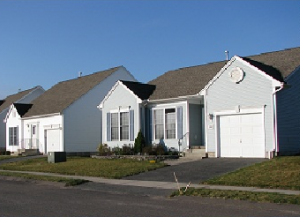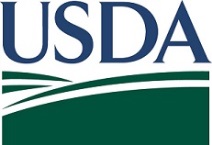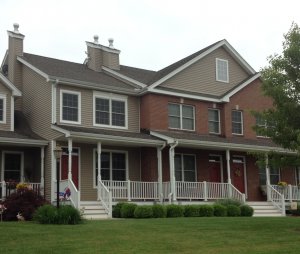 It appears that the “cloud” concept has spread wider than in the area of computing. A newer type of condominium community, called a cloud condominium, has been popping up and is already approved in certain large cities such as Denver, Orlando and San Diego.
It appears that the “cloud” concept has spread wider than in the area of computing. A newer type of condominium community, called a cloud condominium, has been popping up and is already approved in certain large cities such as Denver, Orlando and San Diego.
A cloud condominium is a community under a declaration of condominium but there isn’t a Home Owner’s Association (HOA) because there are no common elements in the project. The community is governed by CC&Rs (covenants, conditions and restrictions) but does not maintain an HOA to enforce them.
The unit boundaries contain the interior and exterior of the unit and the adjacent land (front, back and side yards as applicable). The boundaries also contain the air space above the unit to about 50 feet and the footprint of the unit. The units can be attached (like townhomes) or free standing like “site condos”. The units are generally smaller than a standard single-family home which is seen as decreasing the maintenance for the unit owner.
The primary purpose of these communities is to circumvent local zoning restrictions on lot size (as is the case typically with condominiums and planned communities) but without having the political structure of the HOA.
The major downside to not having an HOA is that there is no governing body within the community to enforce the CC&Rs. This means that if a unit owner is in violation of the rules or by-laws, a unit owner (or a group of unit owners) would have to take the matter to civil court to resolve it.
Because these projects do not have an HOA to enforce the CC&Rs, FHA has decided not to approve these condominium projects and, so far, it has made the decision to not lend in these projects either. If the project consists of attached units, it is not approvable. If the project qualifies as a “site condo”, it would not need project approval, but FHA has decided not to provide financing for these units.
Because this concept is still relatively new, we would expect that FHA would revisit this decision if the need becomes large enough or if there is more pressure from national organizations.







 Probably the most under-utilized purchase loans for condominium units are those insured by the USDA. Like the VA and FHA, the USDA Rural Development (RD) program is a home loan insurance that allows the financing of condominium units.
Probably the most under-utilized purchase loans for condominium units are those insured by the USDA. Like the VA and FHA, the USDA Rural Development (RD) program is a home loan insurance that allows the financing of condominium units.
 It was also announced that any area that was deemed a Rural area as of 9/30/2014 will remain eligible until 9/30/2014. Currently, only the areas that transitioned from ineligible to eligible are available on the map. The USDA noted that a preview of the complete map (including the areas that will become ineligible) will be available for preview during the summer, ahead of the 9/30/14 changes.
It was also announced that any area that was deemed a Rural area as of 9/30/2014 will remain eligible until 9/30/2014. Currently, only the areas that transitioned from ineligible to eligible are available on the map. The USDA noted that a preview of the complete map (including the areas that will become ineligible) will be available for preview during the summer, ahead of the 9/30/14 changes. Last week a loan officer contacted me regarding a loan he had in process. At the 11th hour, the lender was rejecting the conventional (Fannie Mae) loan based on the association’s contribution to the reserve account. According to the underwriter, the association was contributing less than 10% to the reserve account; the contribution was $6,400 short by their calculations.
Last week a loan officer contacted me regarding a loan he had in process. At the 11th hour, the lender was rejecting the conventional (Fannie Mae) loan based on the association’s contribution to the reserve account. According to the underwriter, the association was contributing less than 10% to the reserve account; the contribution was $6,400 short by their calculations. Fannie Mae released its updated version of the Selling Guide on January 27, 2015. The majority of the changes stem from its earlier announcement to reintroduce 97% financing for single-family homes. It had previously capped the loan-to-value ratio at 95% for most of its programs.
Fannie Mae released its updated version of the Selling Guide on January 27, 2015. The majority of the changes stem from its earlier announcement to reintroduce 97% financing for single-family homes. It had previously capped the loan-to-value ratio at 95% for most of its programs. On Friday, December 9, 2015, HUD released
On Friday, December 9, 2015, HUD released  Harvard University & AARP recently released the results of a new study showing the DIRE need for Baby Boomers to consider a Reverse Mortgage. The study also shows that Boomers are THE hardest hit by the recession and declining real estate values and are entering their retirement years will less savings that ANY other generation before them !
Harvard University & AARP recently released the results of a new study showing the DIRE need for Baby Boomers to consider a Reverse Mortgage. The study also shows that Boomers are THE hardest hit by the recession and declining real estate values and are entering their retirement years will less savings that ANY other generation before them !